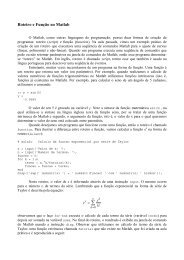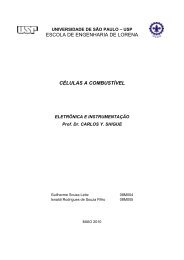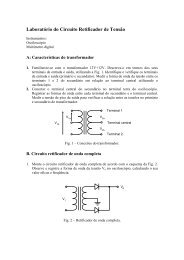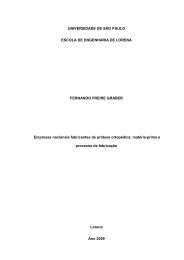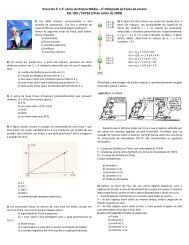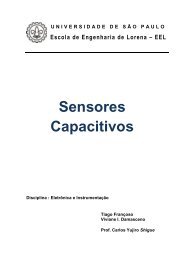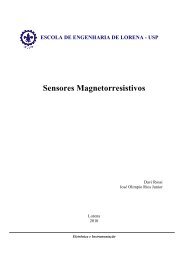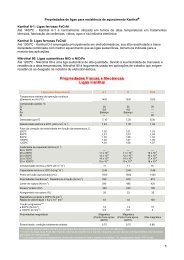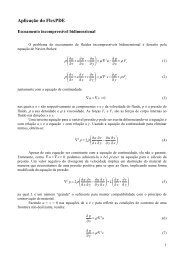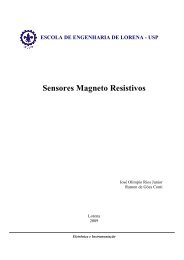SIOV Metal Oxide Varistors - DEMAR
SIOV Metal Oxide Varistors - DEMAR
SIOV Metal Oxide Varistors - DEMAR
Create successful ePaper yourself
Turn your PDF publications into a flip-book with our unique Google optimized e-Paper software.
General Technical Information<br />
1.6.3 Presentation of tolerance band<br />
The tolerance bands of the individual varistor voltage classes overlap, so their complete presentation<br />
in a family of V/I curves is hard to read. Therefore only the segments that are important for the<br />
applications are shown in the product part of the data book. Figure 7 illustrates this in the case of<br />
<strong>SIOV</strong>-S14K14.<br />
Lefthand part of curve (< 1 mA): lower limit of tolerance band<br />
The largest possible leakage current at given operating voltage is shown for each voltage class.<br />
Righthand part of curve (> 1 mA): upper limit of tolerance band<br />
The worst-case voltage drop across the varistor at given surge current is shown.<br />
Related branches are identified by the same maximum AC operating voltage (here “14”).<br />
V/I characteristic 1 shows the mean value of the tolerance band between the limits indicated by<br />
dashed lines. The mean at 1 mA represents the varistor voltage, in this case 22 V. The tolerance<br />
K ± 10 % refers to this value, so at this point the tolerance band ranges from 19,8 to 24,2 V.<br />
Leakage current at operating voltage:<br />
A maximum permissibe operating voltage of 18 VDC is specified for <strong>SIOV</strong>-S14K14. For this, depending<br />
on where the varistor is in the tolerance band (figure 7a), you can derive a leakage current<br />
between 6 · 10 –6 A and 2 · 10 –4 A (region 2). If the varistor is operated at a lower voltage, the figure<br />
for the maximum possible leakage current also drops (e. g. to max. 2 · 10 –6 A at 10 VDC).<br />
In the worst case, the peak value of the maximum permissible AC operating voltage (v = 2⋅<br />
14 =<br />
19,8 V) will result in an ohmic peak leakage current of 1 mA (point 3).<br />
Protection level:<br />
Assuming a surge current of 100 A, the voltage across <strong>SIOV</strong>-S14K14 will increase to between 35 V<br />
and 60 V (region 4), depending on where the varistor is in the tolerance band.<br />
1.6.4 Overlapping V/I characteristics<br />
As explained earlier (section 1.3) the differences in non-linearity between voltage classes up to K40<br />
and K50 and above lead to overlapping V/I curves.<br />
In particular with <strong>SIOV</strong>-S and <strong>SIOV</strong>-CU, before selecting voltage rating K40, one should always<br />
check whether K50 is not a more favorable solution. Firstly, the protection level is lower for higher<br />
surge currents, and secondly, the load capability of K50 is considerably higher for varistors of the<br />
same diameter. This consideration does not apply for multilayer varistors <strong>SIOV</strong>-CN since the same<br />
ceramic material is used for all voltage ratings in these components.<br />
Siemens Matsushita Components 23


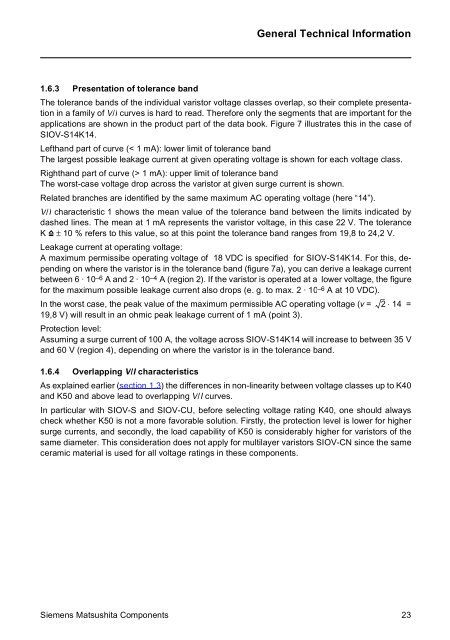
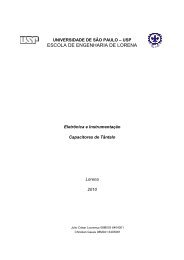
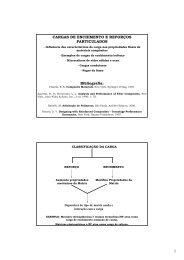
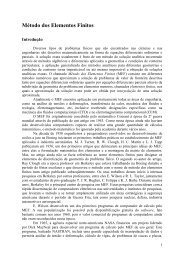
![Equações Diferenciais Ordinárias Lineares de 2ª Ordem [ ] [ ] - DEMAR](https://img.yumpu.com/43234810/1/184x260/equaaaues-diferenciais-ordinarias-lineares-de-2a-ordem-demar.jpg?quality=85)
